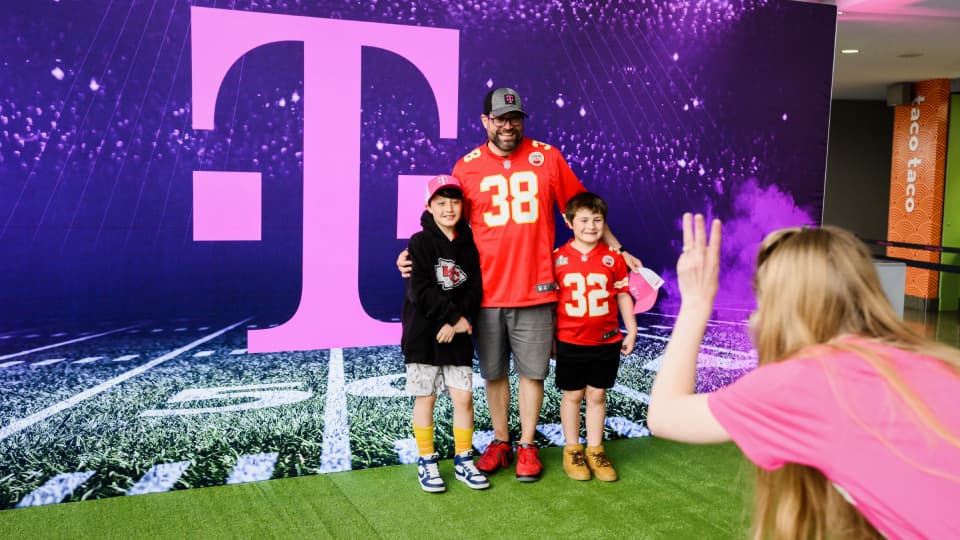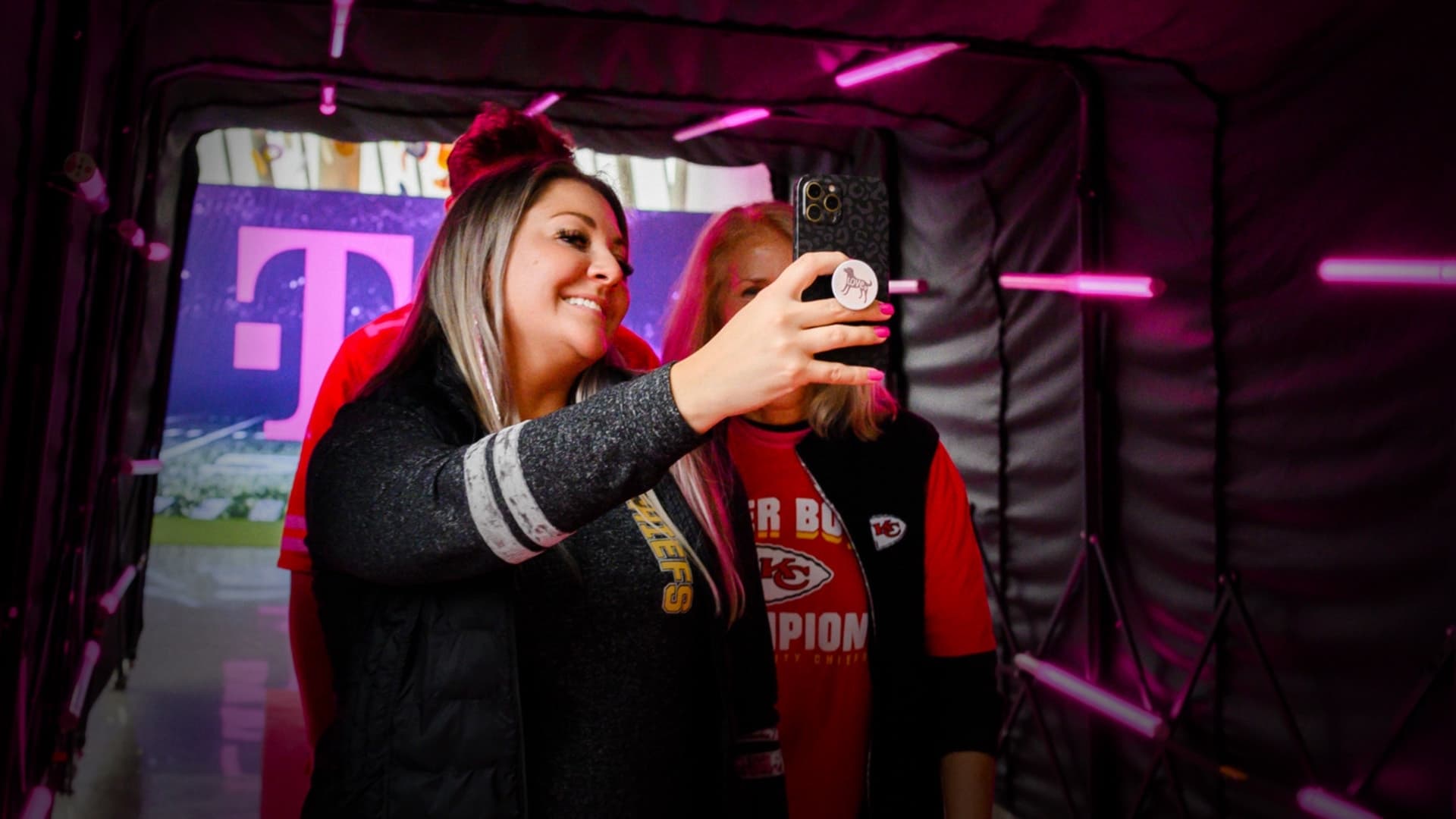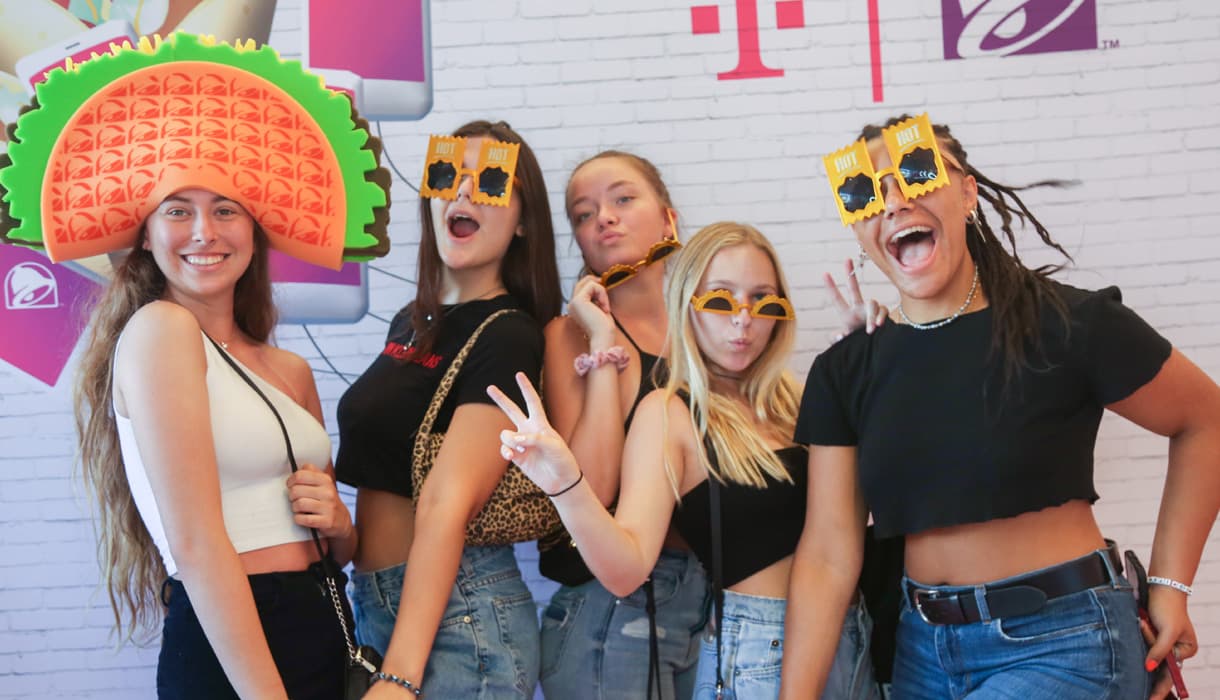Beyond the 30-Second Spot: How to Win Big with Experiential Super Bowl Activations


The Super Bowl has transcended its status as a sporting event; it's a cultural phenomenon and a prime opportunity for brands to connect with a massive audience. As our SVP of Creative, Dan Carter, recently noted in Sportscal article titled "The evolution of Super Bowl activations: From TV ads to immersive experiences" the way brands leverage this stage has changed dramatically. The days of relying solely on 30-second TV commercials are over. Today, successful Super Bowl campaigns require a more integrated and experiential approach.
The shift reflects a fundamental change in consumer behavior. Viewers are no longer passive recipients of advertising messages; they crave interactive engagement and memorable experiences. Brands are responding by creating multi-faceted campaigns that extend far beyond the television screen, blurring the lines between the screen and the real world.
Check out SPORTSNET's Top 5 Super Bowl 2025 Commercials You Might Have Missed!
Here are some key trends shaping the evolution of Super Bowl activations:
Beyond the TV Slot
Brands are recognizing the limitations of traditional TV advertising and exploring innovative ways to engage audiences. Doritos' "Crash the Super Bowl" campaign, for example, cleverly leveraged user-generated content to generate buzz and build community. Verizon's virtual Super Bowl experience in Fortnite demonstrated the power of reaching a massive audience through digital platforms. Pepsi's previous long-standing integration with the halftime show and use of celebrity endorsements illustrates the effectiveness of non-TVC marketing. This year, Booking.com is using its TVCs to promote a unique experiential opportunity, further exemplifying this trend.
"Boots on the Ground" Activations
While TV commercials offer broad reach, millions of fans attend the Super Bowl festivities in person. Smart brands are targeting this audience with integrated campaigns that create immersive experiences. Frito-Lay's Cheesy Chapel and Captain Morgan's "Rum Street" takeover are prime examples of brands leaning into the host city's vibe. Stella Artois's "Stella Port" pop-up experience demonstrates the power of creating premium, shareable activations.
Measuring Super Bowl Success
The effectiveness of integrated campaigns is evident in engagement metrics. Viewer interaction with Super Bowl ads has significantly increased, and brands investing in experiential marketing often see a higher ROI compared to those relying solely on TV. Brands that successfully leverage these platforms can extend the life of their Super Bowl campaigns well beyond game day.
The Future of Super Bowl Marketing
Looking ahead, several key trends are emerging: increased personalization, virtual and hybrid experiences, interactive storytelling, and cross-platform integration. Brands will need to embrace these trends to stay ahead of the curve. The future of Super Bowl advertising is not just about being seen—it's about creating experiences that resonate, engage, and inspire.
The Super Bowl marketing landscape is constantly evolving. Brands that want to win big need to think beyond the 30-second spot and embrace integrated, experiential campaigns. Success requires a deep understanding of consumer behavior, a commitment to innovation, and the ability to create truly memorable experiences.


